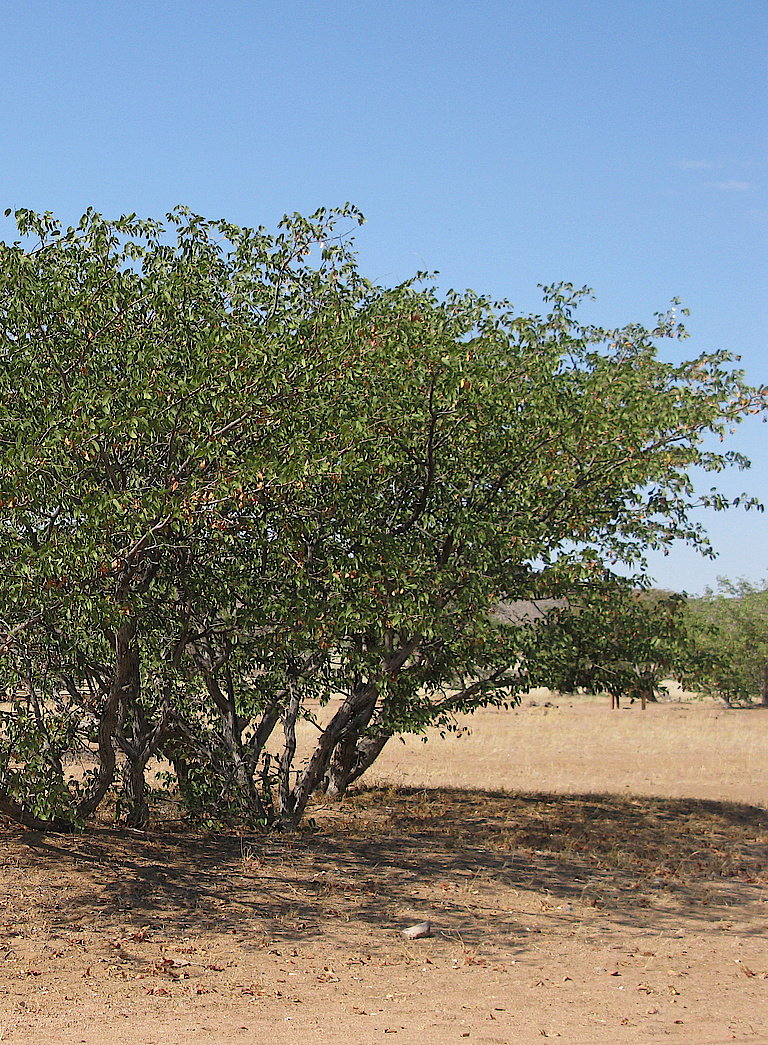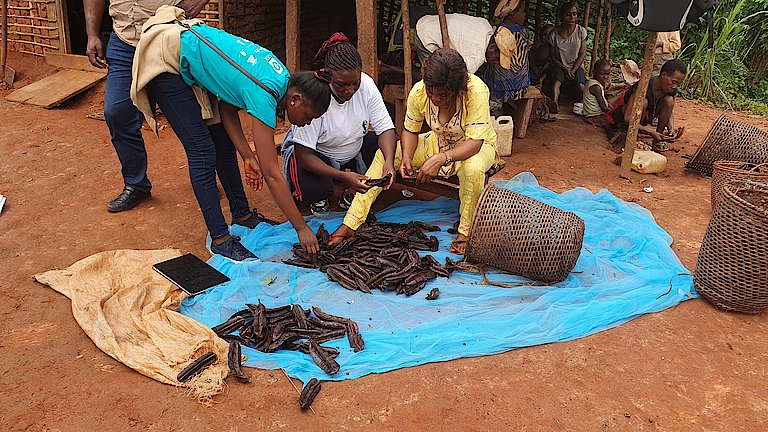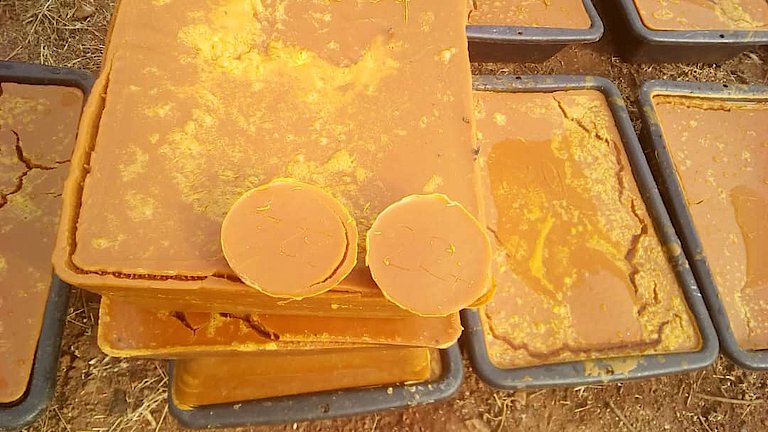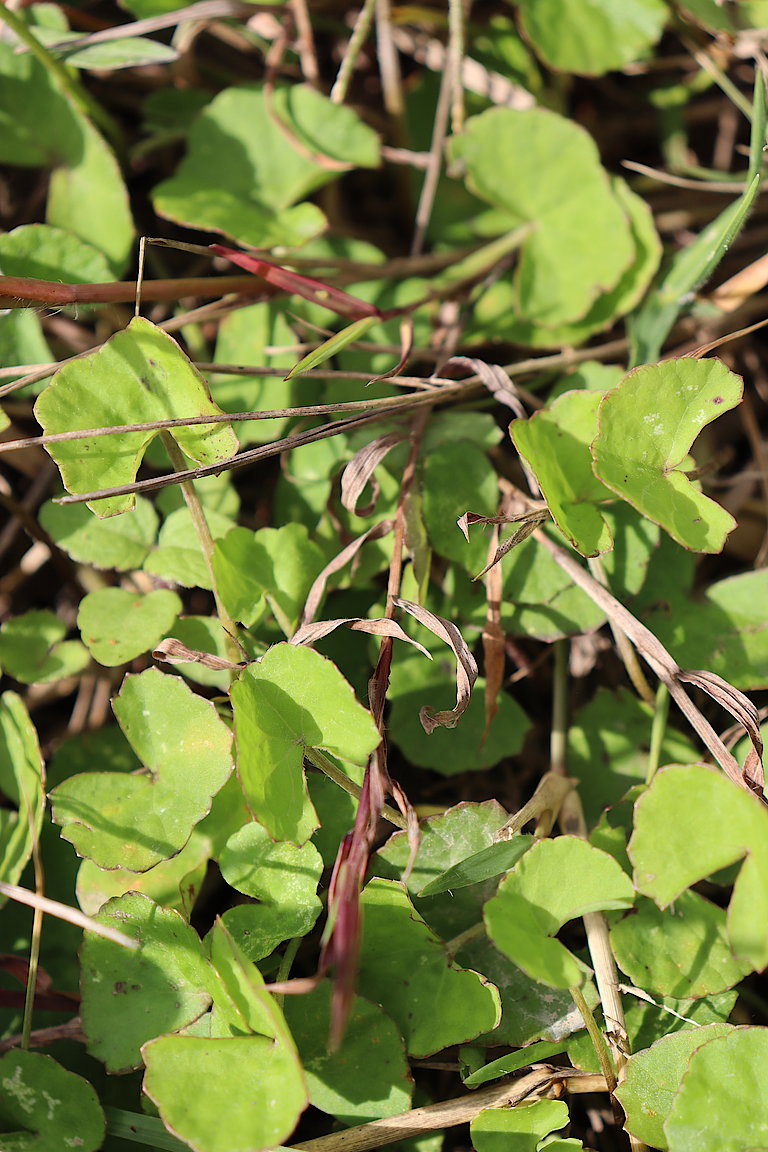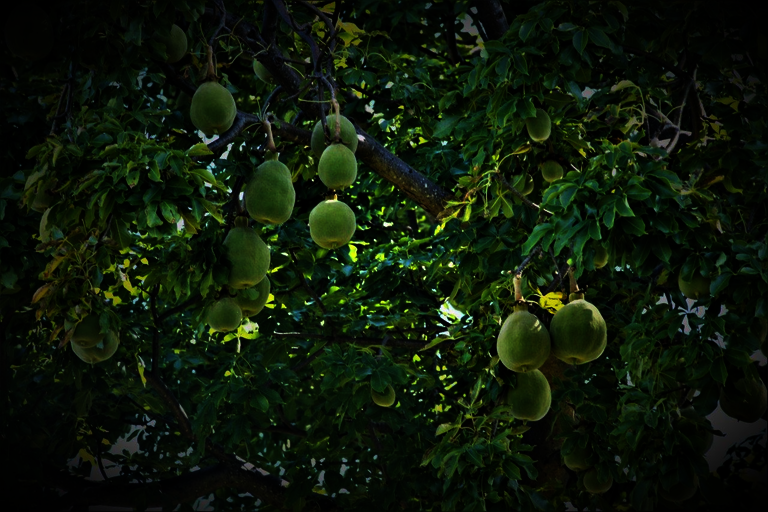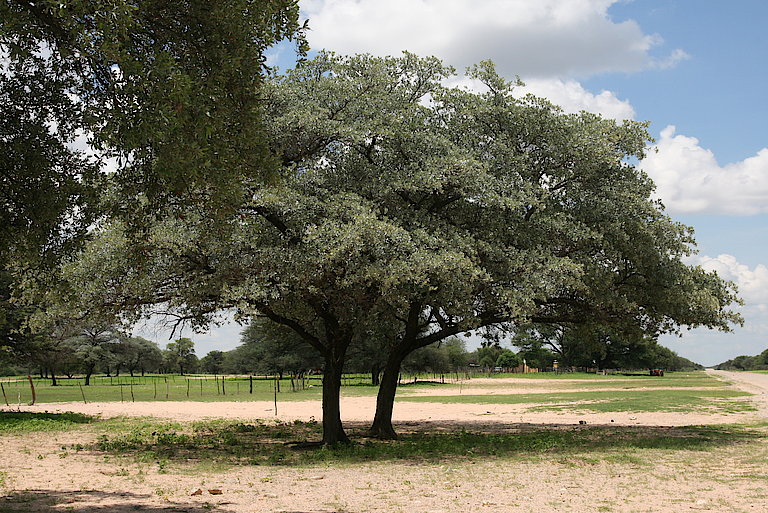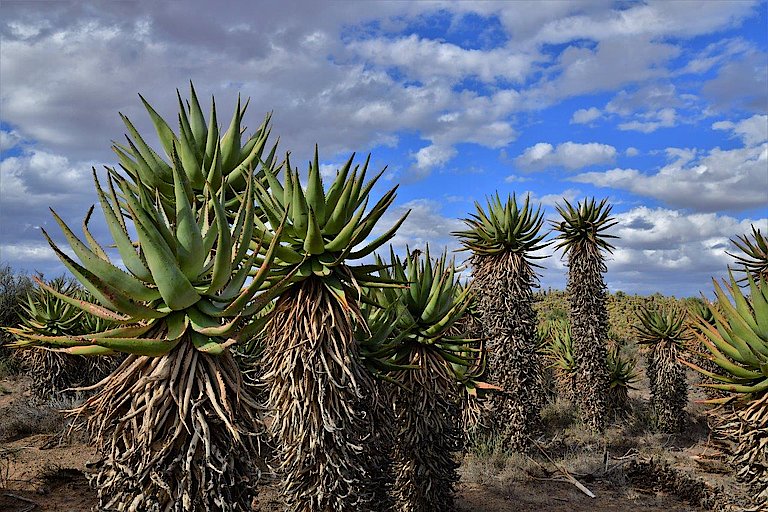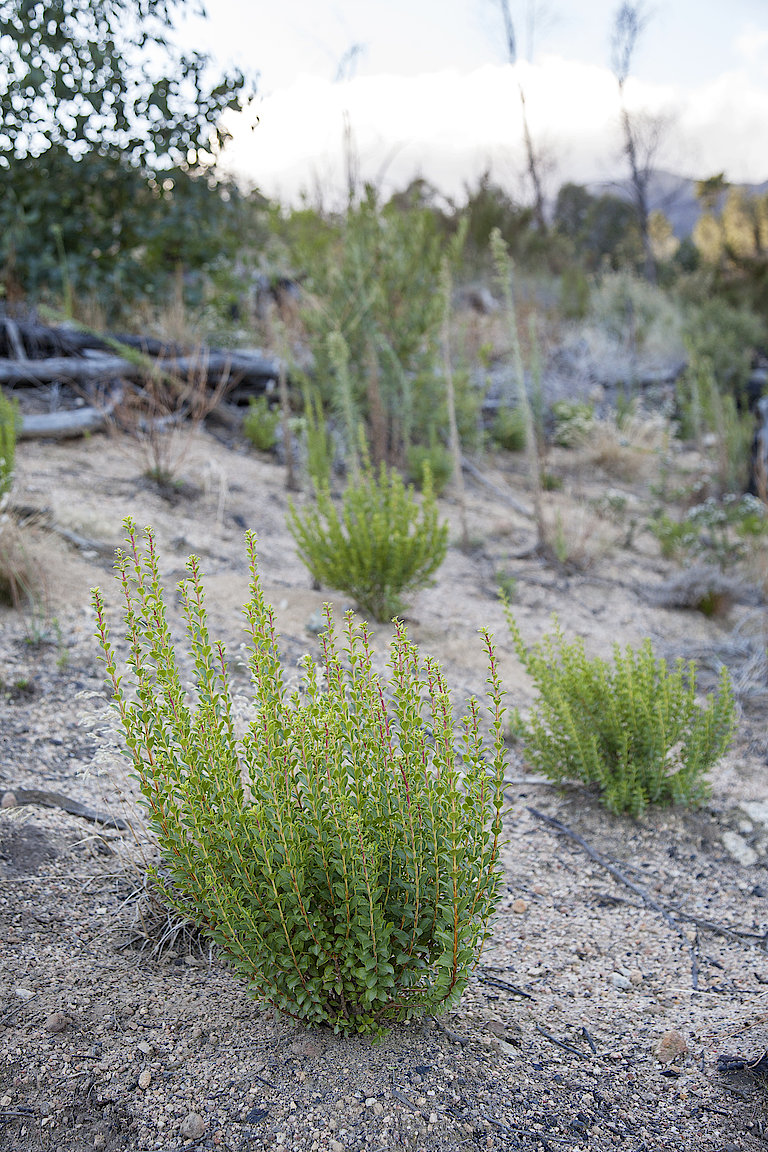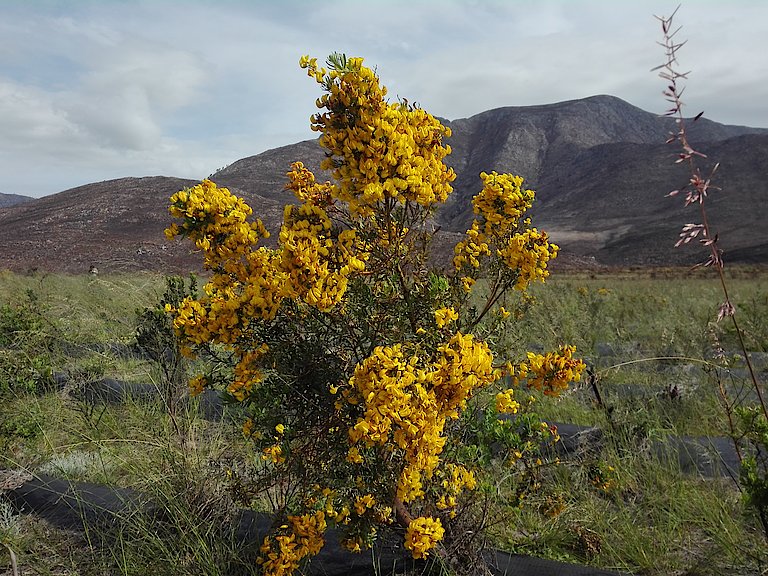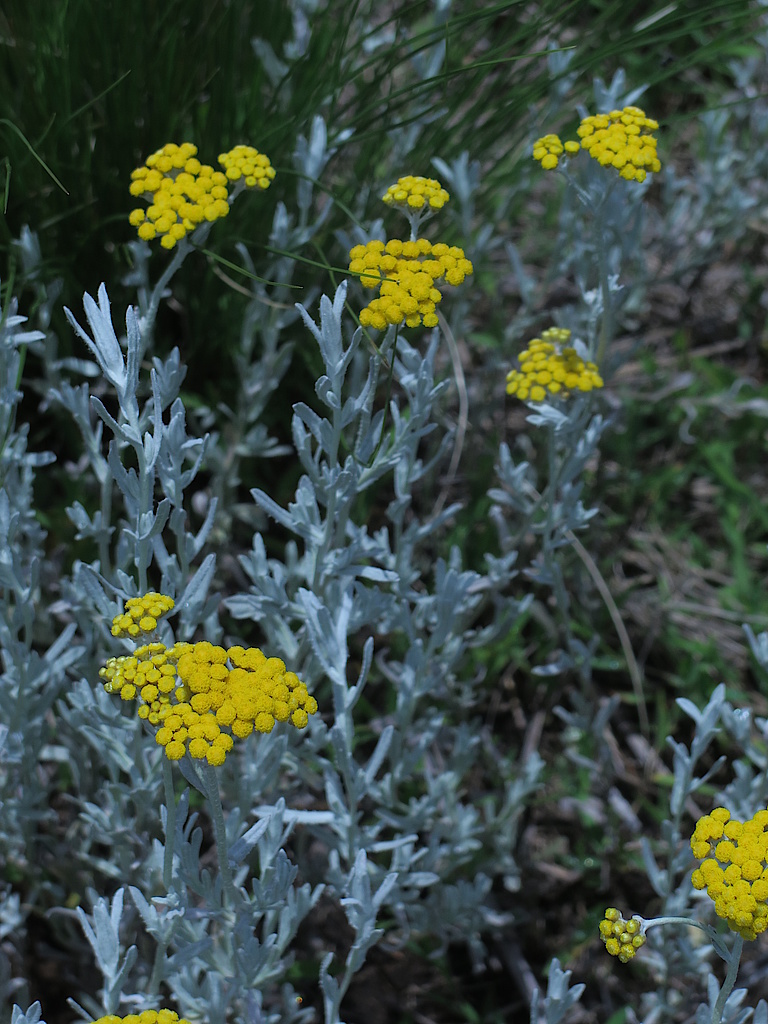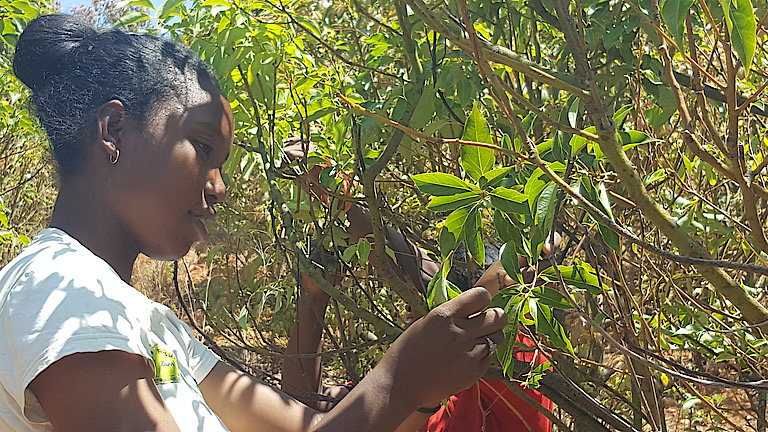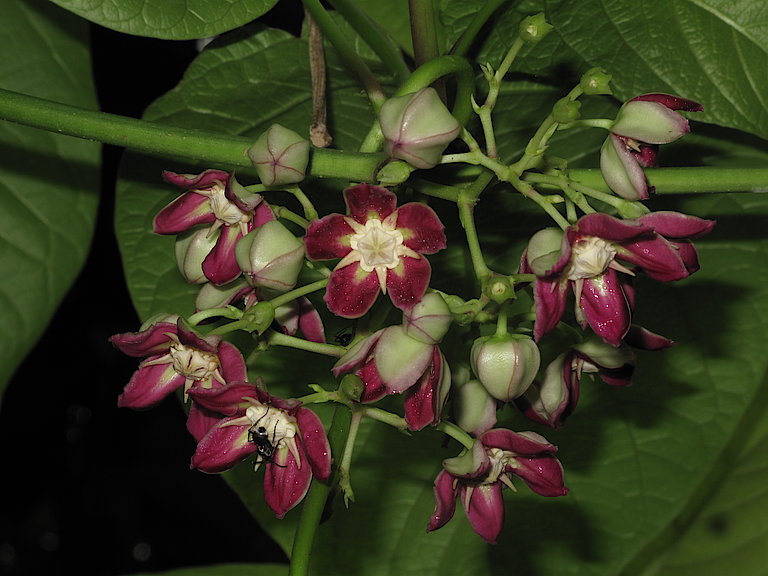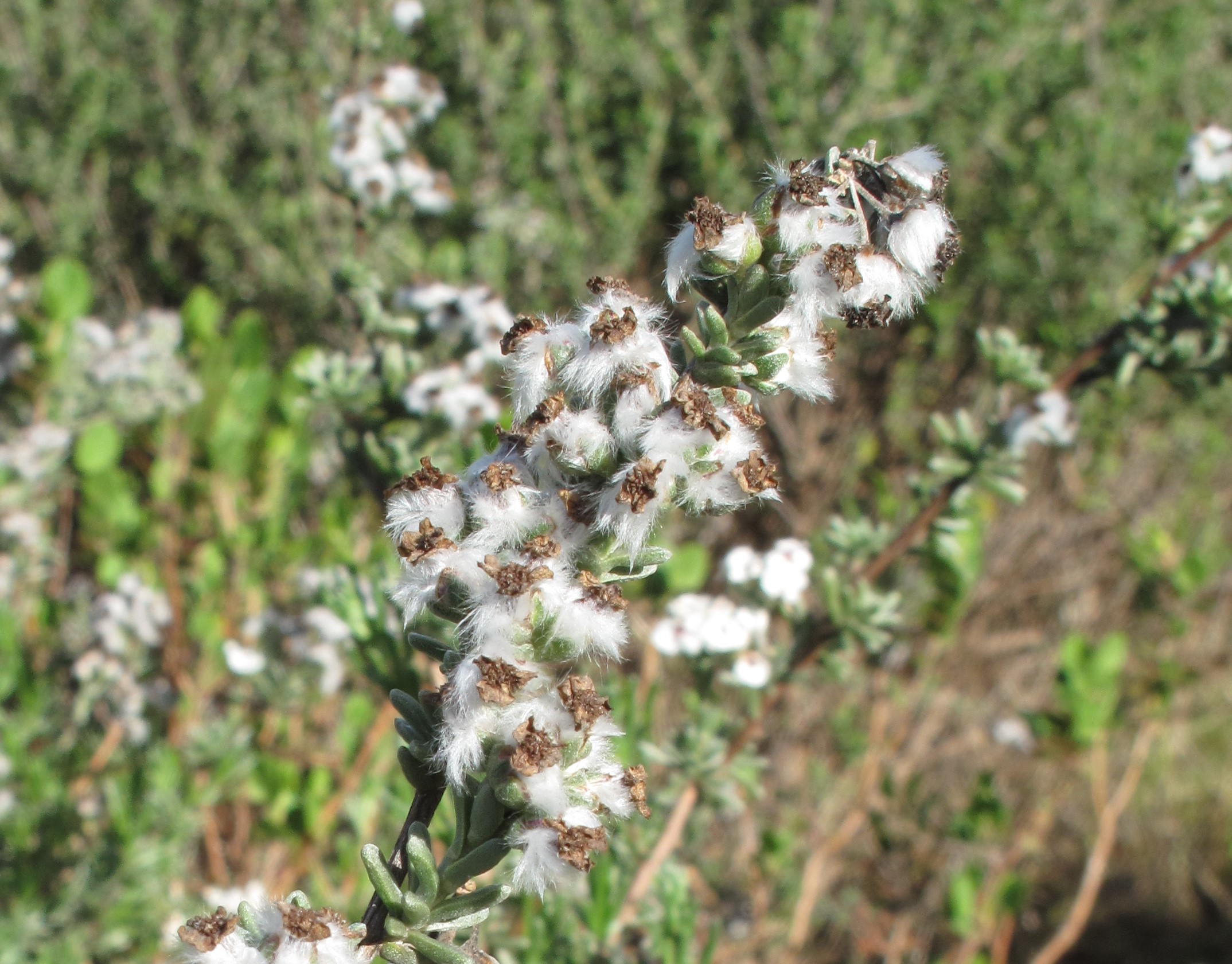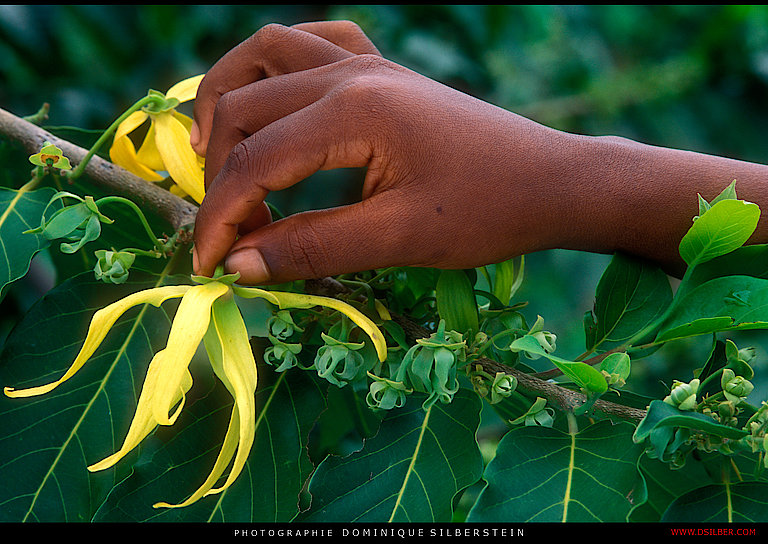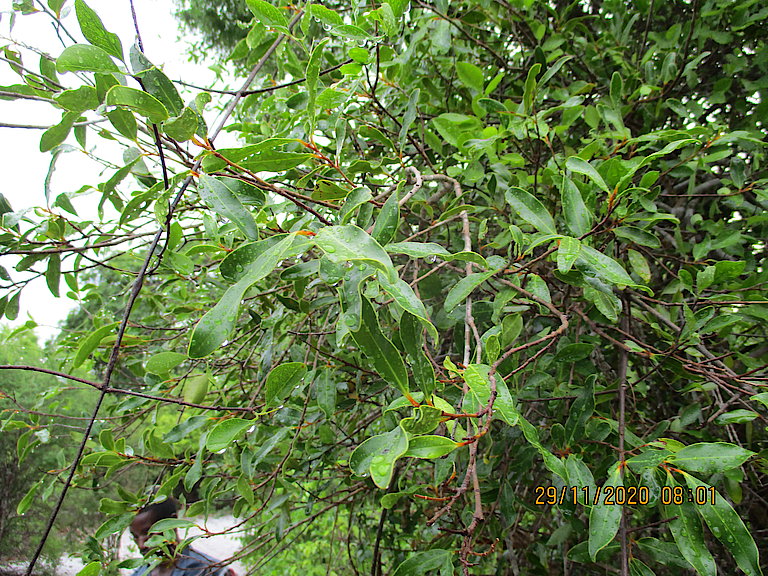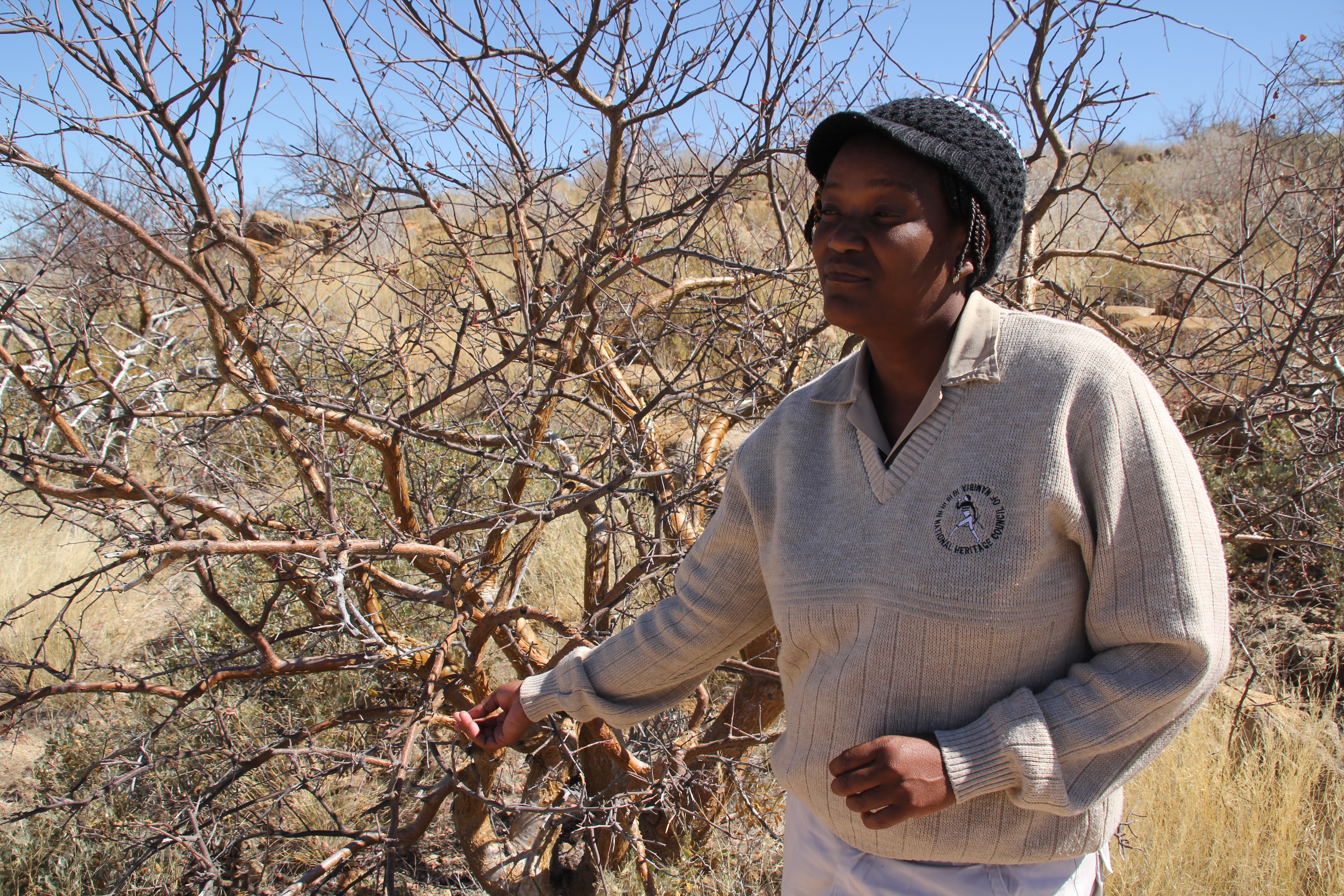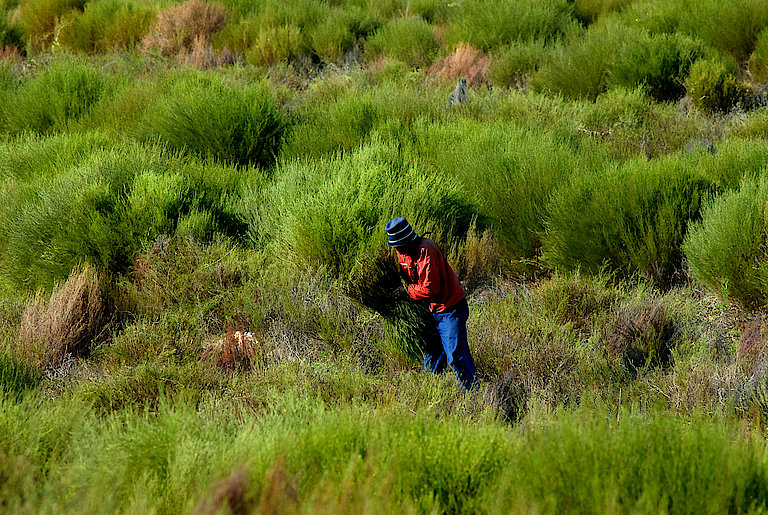About Mopane
Mopane (Colophospermum mopane), also called mopani, is the only species of the plant genus Colophospermum, which belongs to the legume family (Fabaceae). The plant is widespread in Southern Africa. It is found on thin, poorly draining, alkaline soils. It also grows on areas washed up by rivers. In South Africa and the bordering areas of Botswana and Zimbabwe, the trees vary in size and are sometimes forming woodlands when they have a slender growth. Parts of the plant, especially the leaves, emit a turpentine smell when injured. Mopane trees have a typical rough, greyish brown trunk and a narrow tree crown. The leaves look like butterfly wings and they can fold up when confronted with intense sunshine and high temperatures. The flowering period lasts from December to January. Flowers are small and green-yellow, and the fruits are kidney-shaped and leathery pale brown.
Usage of Mopane
The fruits are edible and utilised as a famine food, whereas the leaves serve as fodder in times of grass scarcity. Traditionally the leaves are also used to heal wounds and combat stomach ailments. The tree hosts the larval stage of the mopane worm, which are an important part in local diets. A supply chain for Mopane seed has been developed in the Otjiu-West, Okongoro and Orupupa conservancies in the north-western parts of Namibia since 2006. The seeds are collected, packed, labelled and transported to the Opuwo Processing Facility where the essential oil is extracted from the small spots of resin on the Mopane seed pots. The essential oils are then exported to cosmetic companies regionally while the supply to European companies is currently under development.
